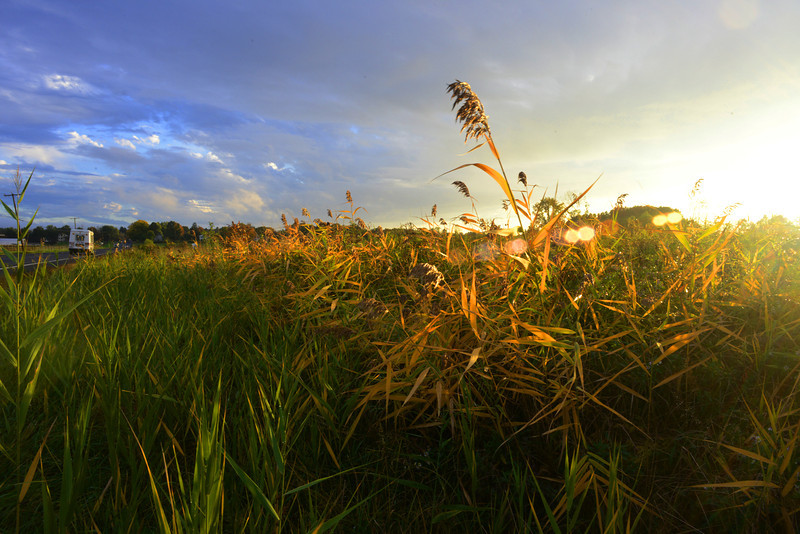doug anderson
New member
There seem to be two extremes: one person leaves in the wires, the tin cans, the branches (Eggleston) another goes to great lengths to exclude everything but the subject as if it were floating in space and untouched by the larger world (most studio photographers). My concern is that all the aforementioned marginalia is a part of life. My other concern is that, if our objective in composition is to exclude all these things, it can’t help but affect our intuitive grasp of composition. What if the better composition is that which includes the beer cans in the gutter, the balls on the bull, the unsightly electrical outlet; and the lifeless one is the one in which the photographer has put himself at orthopedic risk to exclude everything but the subject? I have been taken to task often for this and feel compelled to rebel against it. Excluding marginalia cannot be more important than the subject itself?
What if in our desire for exclusionist perfection we are doing something similar to excluding the genitalia from neoclassic sculpture?
Also, there is the reflex against centering the subject. Most of my subjects are not centered, but some are. There are times when a centered subject is exactly right, as when Stephen Shore adds a formal elegance to a tacky orange chair sitting in bright green grass. And yet, when I present a centered subject I often get a kneejerk reaction that assumes I shoot everything that way and am thus a know-nothing beginner.
Then there is the obsession with pumping up the colors. Sometimes faded colors are exactly right for the subject. I use Photoshop to try to get my pictures to look like what I shot, mostly, unless I’m working for color balance or some kind of unwanted color that has been supplied by the camera’s software.
I am not making a case for bad photographs (those in which a tree seems to grow from the stepdaughter’s head, etc.) but rules are made to be broken. Just sayin.’
Thomas Wolf once wrote F. Scott Fitzgerald in response to something Fitzgerald had said about his work being cluttered. He said -- I paraphrase -- I am a putter-inner and you are a taker outer. Shakespeare was a putter-inner, so there.
And would someone have taken Velasquez to task because down in the corner of one of his paintings about Jesus a dog is pissing?

And in this one, never mind that it would be impossible to remove the lens flare, what if it's better to leave it in?

What if in our desire for exclusionist perfection we are doing something similar to excluding the genitalia from neoclassic sculpture?
Also, there is the reflex against centering the subject. Most of my subjects are not centered, but some are. There are times when a centered subject is exactly right, as when Stephen Shore adds a formal elegance to a tacky orange chair sitting in bright green grass. And yet, when I present a centered subject I often get a kneejerk reaction that assumes I shoot everything that way and am thus a know-nothing beginner.
Then there is the obsession with pumping up the colors. Sometimes faded colors are exactly right for the subject. I use Photoshop to try to get my pictures to look like what I shot, mostly, unless I’m working for color balance or some kind of unwanted color that has been supplied by the camera’s software.
I am not making a case for bad photographs (those in which a tree seems to grow from the stepdaughter’s head, etc.) but rules are made to be broken. Just sayin.’
Thomas Wolf once wrote F. Scott Fitzgerald in response to something Fitzgerald had said about his work being cluttered. He said -- I paraphrase -- I am a putter-inner and you are a taker outer. Shakespeare was a putter-inner, so there.
And would someone have taken Velasquez to task because down in the corner of one of his paintings about Jesus a dog is pissing?

And in this one, never mind that it would be impossible to remove the lens flare, what if it's better to leave it in?





